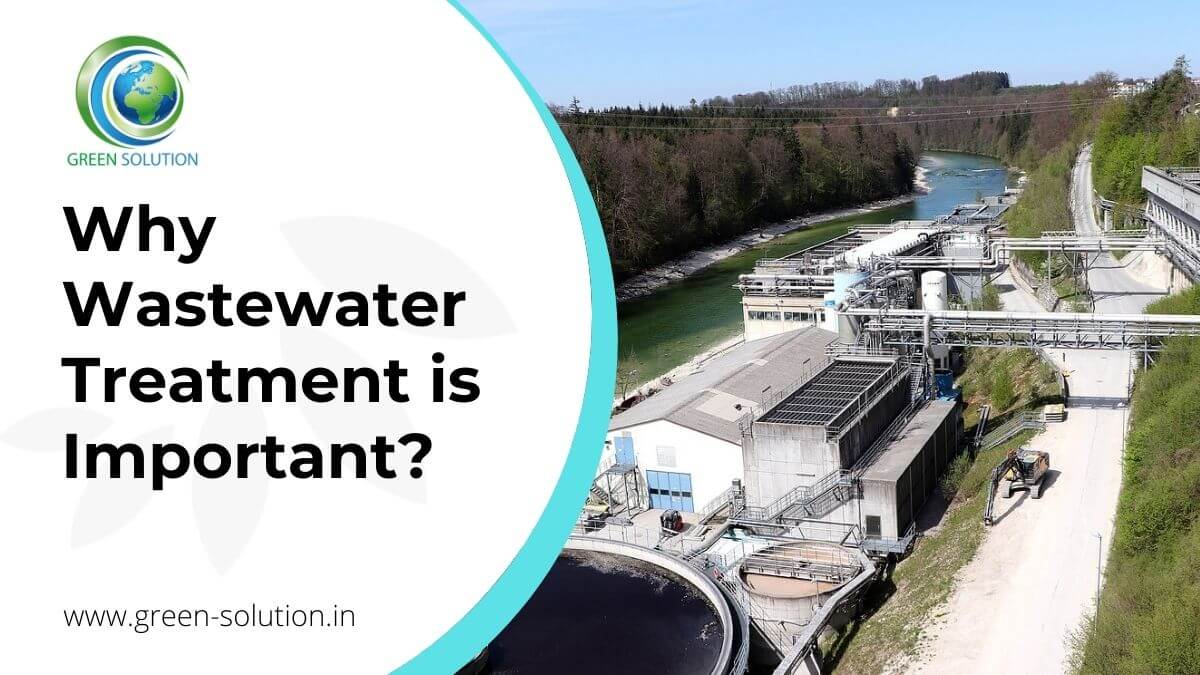Some Known Incorrect Statements About Reclaim Waste
Reclaim Waste for Dummies
Table of ContentsThe Only Guide for Reclaim WasteExcitement About Reclaim WasteThe smart Trick of Reclaim Waste That Nobody is Talking AboutLittle Known Facts About Reclaim Waste.Reclaim Waste - Questions
Domestic sewer waste refers to the waste and items from a property septic tank. The correct management and disposal of residential sewage waste need liquid waste to be moved to a sewer treatment plant where the appropriate techniques and tools are applied to purify and dispose of waste.
Commercial waste typically includes possible threats, such as flammable products or a combination of fluid and solid waste items, and needs an extra advanced and in-depth disposal process. The disposal of business waste typically involves the purification of waste before transportation to make sure secure and correct disposal. Industrial waste is created from by-products and drainage of industrial procedures and production.
This type of waste can not make use of the very same sewer management transportation or processes as septic or industrial fluids. The hazardous waste monitoring process requires the evaluation and testing of liquid waste prior to it goes through the disposal procedure (liquid waste removal). Drainage waste is the liquid waste that originates from overflow and excess stormwater in very populated locations or cities
Drainage waste can trigger contamination and flooding if not dealt with correctly. Making sure appropriate waste management can protect against calamities and minimize environmental damage.
Reclaim Waste Can Be Fun For Anyone
Contact PROS Solutions today to find out regarding our waste administration and disposal solutions and the appropriate methods to care for the liquid waste you generate.
(https://www.blogtalkradio.com/reclaimwaste1)Do you know what takes place to your water when you end, flush the toilet or drain pipes the washing equipment? No? Well, it deserves understanding. This supposed 'wastewater' is not only an important resource yet, after treatment, will be released to our land, rivers or the ocean. Made use of water from toilets, showers, bathrooms, cooking area sinks, washings and industrial processes is referred to as wastewater.

water utilized to cool machinery or clean plant and equipment). Stormwater, a kind of wastewater, is runoff that moves from farming and city areas such as roofing systems, parks, yards, roads, paths and rain gutters right into stormwater drains, after rain. Stormwater moves neglected directly to regional creeks or rivers, at some point reaching the ocean.
The 8-Minute Rule for Reclaim Waste
In Queensland, the majority of wastewater is treated at sewer therapy plants. Wastewater is delivered from domestic or commercial sites through a system of sewage systems and pump terminals, called sewage reticulation, to a sewage therapy plant. City governments construct, maintain and run most sewer treatment plants. Operators are accredited discover this under the Environmental Security Act 1994 to release treated wastewater at an appropriate environmental criterion right into rivers.
The Division of Natural Resources encourages city governments regarding managing, operating and keeping sewage systems and treatment plants. In unsewered areas, neighborhood federal governments might require owners to mount private or house sewage treatment systems to treat residential wastewater from toilets, kitchen areas, bathrooms and laundries. The Division of Natural Resources authorizes using family systems when they are shown to be effective.
Most stormwater receives no therapy. In some new subdivisions, therapy of some stormwater to get rid of trash, sand and gravel has actually begun utilizing gross pollutant traps. Wastewater therapy happens in four stages: Eliminates solid matter. Bigger solids, such as plastics and other items wrongly discharged to sewage systems, are removed when wastewater is travelled through screens.
Wastewater then flows right into large tanks where solids settle and are eliminated as sludge. Oil and residue are skimmed from the surface area. Makes use of tiny living microorganisms recognizes as micro-organisms to break down and get rid of remaining liquified wastes and great bits. Micro-organisms and wastes are incorporated in the sludge. Removes nitrogen and phosphorus nutrients that can create algal blossoms in our rivers and intimidate aquatic life.
The 7-Minute Rule for Reclaim Waste
Nutrient elimination is not offered in all sewer therapy plants since it calls for expensive specialized equipment. It is ending up being a lot more typical in Queensland. Clear fluid effluent generated after therapy may still include disease-causing micro-organisms. If this effluent is launched right into rivers such as rivers or the sea, the micro-organisms will ultimately die out.

This normally implies wastewater needs to be treated or impurities gotten rid of before it can be discharged to waterways. The majority of wastewater streams into the sewerage system. Under the Act, city governments administer authorizations and permits for ecologically relevant tasks (Ages) involving wastewater launches that may have a regional effect. The division provides approvals and permits to Ages involving wastewater launches that could have a regional or statewide influence.
Getting The Reclaim Waste To Work
Or else, samples are considered lab evaluation. Commonly many tests are required to establish the levels of each of the different toxins such as oils, heavy metals and pesticides in water. Surveillance supplies valid details regarding water top quality and can validate that licence problems are being fulfilled. The information obtained with surveillance provides the basis for making water quality decisions.